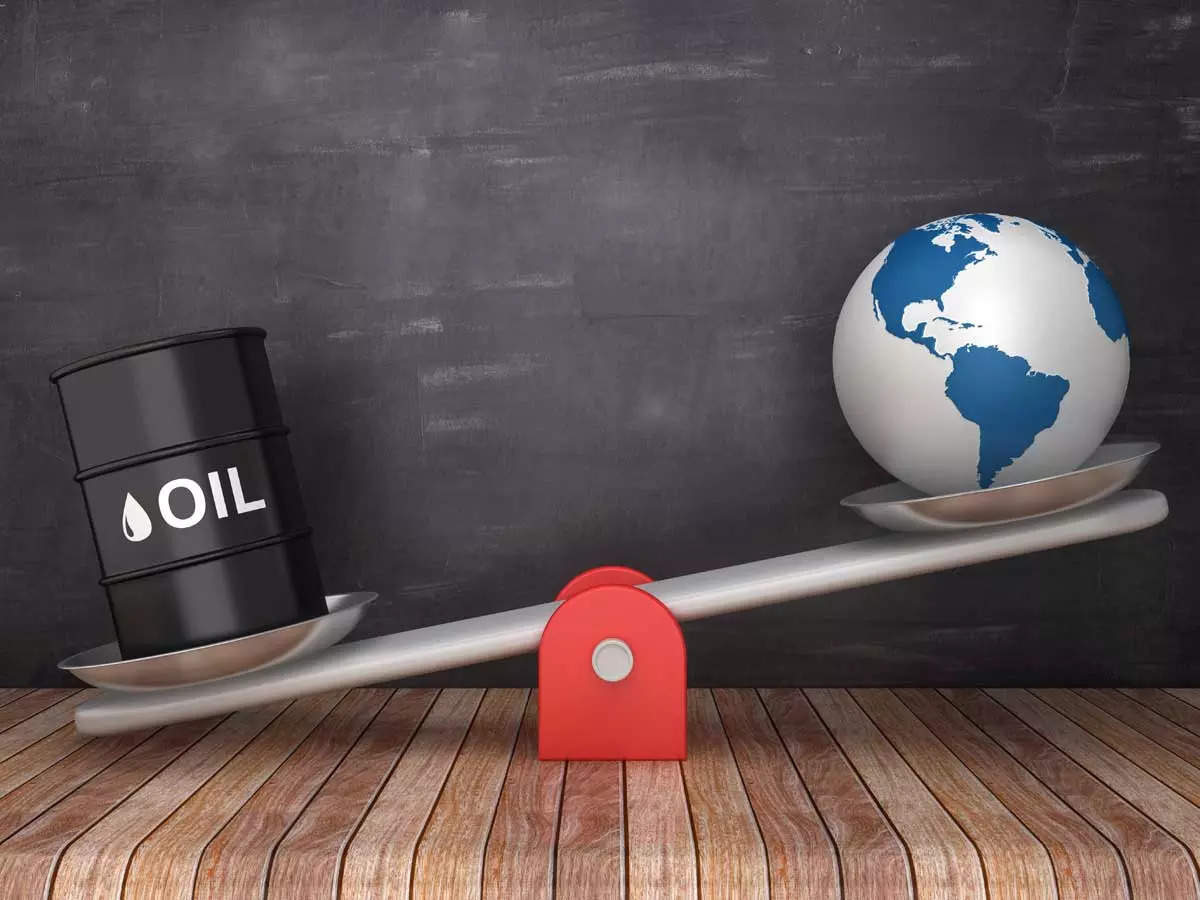India continues to face the same challenge as last year: navigating the choppy waters of a volatile petroleum market while remaining on the green path toward clean energy. Only focusing on the supply and distribution sides of the equation will not result in energy security. Demand reduction and efficiency are equally important.

The current state of the international energy market
- Energy market fragmentation: The energy market has fragmented, and energy nationalism is driving policy.
- Market restrictions for Russia: Regardless of how and when the Ukraine conflict ends, Russia will be denied access to western markets for as long as President Putin is in charge. One ramification is Russia and China’s tightening energy embrace.
- Increasing non-aligned approach and decreasing western orbit: Three countries, OPEC plus one, effectively Saudi Arabia plus Russia, have stepped outside the Western orbit. Saudi Arabia has made it clear that it intends to pursue a Saudi-first, non-aligned strategy in international relations, including with the United States.
- Emergence of new energy power centers: New energy power centers are forming around countries that have a large share of the metals, minerals, and components needed for clean energy. China is the dominant power at the moment.
What should India do in this situation?
- The government must boost the productivity of existing resources: Russian crude at a discount is an opportunistic panacea. It does not provide a long-term solution to our needs. To secure such a cover, the government must increase the productivity of our existing producing fields and allocate additional resources to access relevant enhanced oil recovery technologies.
- Secure a long-term supply relationship with Saudi Arabia and an equity partnership with Iran: It should also leverage the country’s market potential to secure a long-term supply relationship with Saudi Arabia and an equity partnership with Iran.
- Enhance strategic petroleum reserves: It should increase strategic petroleum reserves to cover at least 30 days of consumption and remove the sword of Damocles that the CBI/CVC/CAG wield over the heads of public sector petroleum companies, allowing their traders to profit from market volatility without fear.
- Expediate gas pipeline grid: The construction of a pan-India national gas pipeline grid should be expedited.
Analysis of coal phase-out and India’s energy transition
- Coal is a major source of energy in India: Coal will continue to be the backbone of India’s energy system for decades. It is without a doubt the dirtiest of fuels, but it is still one of the cheapest sources of energy. Furthermore, hundreds of thousands rely on the coal ecosystem for a living.
- The option of phasing out coal is not yet a near possibility: While environmentally compelling, phasing out coal is not yet a macroeconomic or social possibility.
- A balance is required: In the meantime, the government must find an energy transition path that both balances livelihoods and advances the green agenda.
- Actions to be taken: Increased R&D expenditure for coal gasification and carbon capture and sequestration technologies; a carbon tax; the establishment of regulatory and monitoring mechanisms for measuring carbon emissions from the industry; the closure of inefficient and old plants and a decision not to approve any new ones are some small, politically feasible steps in that direction.
- Identifying competitiveness: In the meantime, Niti Aayog should convene a group of economists and energy experts to assess the competitiveness of coal versus solar on a full-cost basis.
Other potential measures
- Transmission grid upgrade: Allocation of funds for transmission grid network upgrade to make it resilient enough to absorb clean electrons on an intermittent basis. The sun does not shine at night, and the wind does not constantly blow. Simultaneously, the underlying structural issues that are currently impeding renewables scaling up must be addressed.
- Repairing discom balance sheets through various regulatory reforms: Parallel to this, it is critical to repair the balance sheets of state distribution companies (discoms), simplify land acquisition procedures, and remove regulatory and contract uncertainties.
- Building a domestic chip industry: Harnessing our indigenous resources of critical metals and minerals for clean energy and developing a domestic chip industry will take decades. In the meantime, diplomats should secure diverse supply sources to reduce the country’s vulnerability.
- Finally, the creation of an enabling ecosystem for the development and commercialization of third-generation clean energy technologies such as hydrogen, biofuels, and modular nuclear reactors. Nuclear power, in particular, should be promoted.
@the end
India is not to blame for global warming, but it will suffer the most. Millions of people live along its coastline. Rising sea levels will jeopardize their livelihoods. Melting glaciers and extreme temperatures will also affect millions. So, whoever is to blame, India must continue on the path of decarbonization. It cannot afford to develop first and then clean up.
Source: https://www.thehindu.com/sci-tech/energy-and-environment/watch-business-matters-could-timely-investments-in-renewable-energy-sources-have-helped-avoid-the-climate-crisis/article66266832.ece
